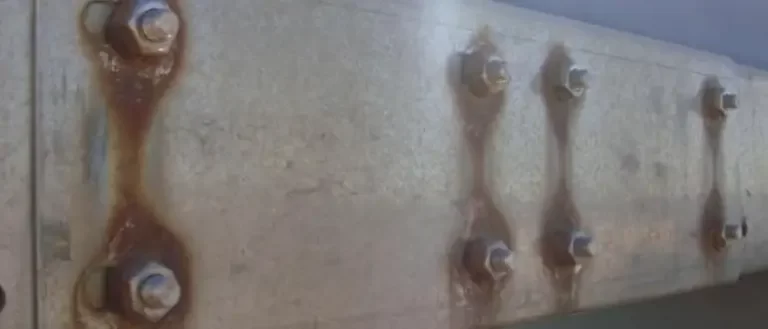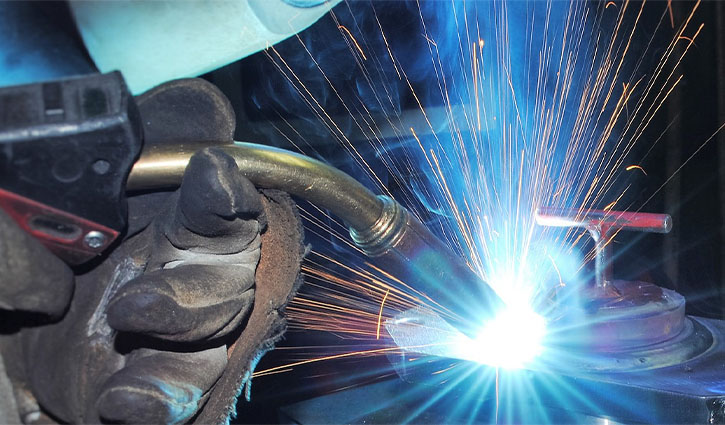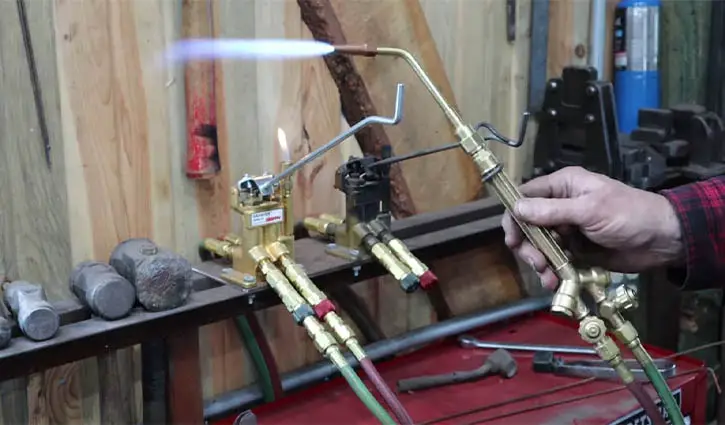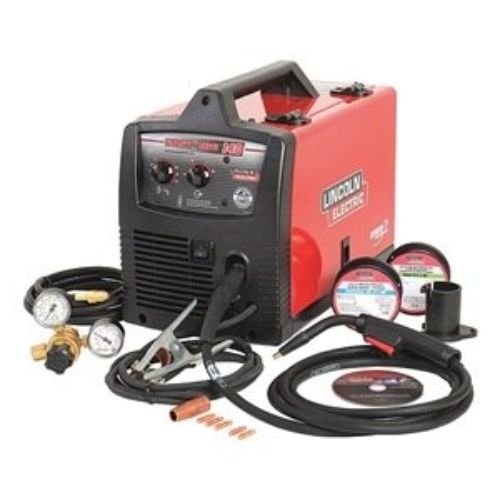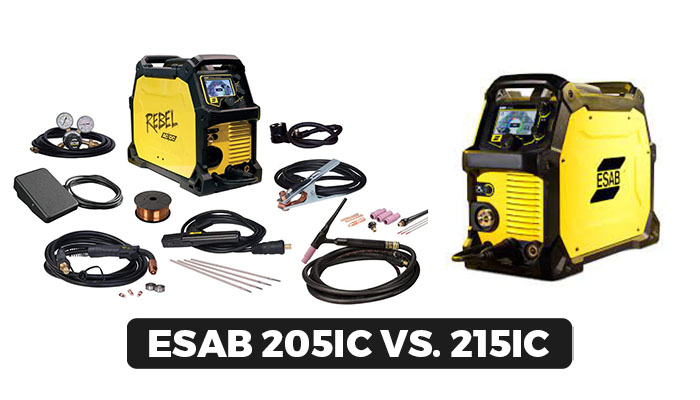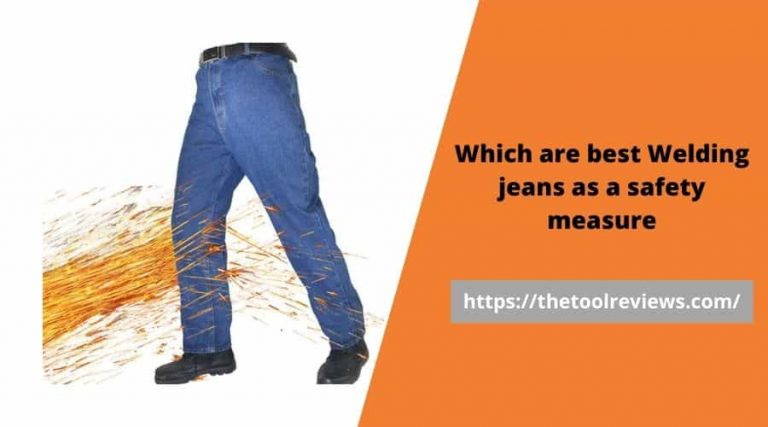What Is Stick Welding Used For : The Purposes It Can Serve And How To Use
Shielded Metal Arc Welding (SMAW), widely known as stick welding, is one of the oldest and most popular welding processes. Due to its simple equipment setup, it is often used in the repair and maintenance industry.
Stick welding is a popular type of arc welding in which flux-coated electrodes are melted with electricity and provided as a filler material. As stick welding shows suitability for most metals and alloys, it is used widely.
To get a clear overview of stick welding and know more about what stick welding is used for, go through the full article.
Table of Contents
Stick welding specification and composition
Composition
A welding rod is mainly composed of two parts: a metal rod and flux covering the metal rod. A wide variety of metals can be used in welding rods including stainless steel, mild steel, brass, bronze, cast iron, aluminum, and so on.
Flux coating is often made of organic compounds like cellulose. It can also be made of inorganic compounds like sodium, calcium, zinc chlorides, resin acids, borax, and many more. The iron powder may be introduced later to impart specific properties like hardness, and strength.
Specification
The specification of welding rods is defined by the American Welding Society (AWS). It is mainly expressed as “EXXXX” like E6010, E6013, E7013, etc.
The E of EXXXX indicates the flux-coated electrodes used in Shielded Metal Arc welding or simply stick welding.
The next two numbers after E in EXXXX indicate the tensile strength of the welding rod. In E6010, 60 indicates the tensile strength of the E6010 welding rod in 60 ksi.
The next number of EXXXX stands for the welding positions in which the welding rod can be used. In E6010, 1 means it is suitable for flat, horizontal, overhead, and vertical upward positions with E6010 electrodes.
The last character indicates the flux coating type, penetration profile, and types of current required for that electrode. In E6010, 0 means the electrode is cellulose coated, and deep penetration and DCEP current are required.
Uses of stick welding
Simple equipment setup and suitability with almost all metals and alloys have made stick welding a widely used welding process. Some applications of stick welding are mentioned below.
- Construction sector – Stick welding exhibits superiority while welding in a complex position. Due to its compatibility in all positions, stick welding has become a popular choice in the construction sector.
- Repair industry – In the repairing industry, stick welding is the best choice as it performs extremely well on all surfaces in both indoor and outdoor conditions.
- Maintenance – In the maintenance of heavy machinery, stick welding is often used.
- Metal fabrication – Stick welding is commonly used in the fabrication of structural steel and cast iron.
- Manufacturing industry – Stick welding is often used in the manufacturing industry like shipbuilding, heavy machinery, and so on.
What Are the Advantages of Stick Welding?
Stick welding has become so popular because of its advantageous properties over other welding processes. Let’s take a look at some of its advantages.
- Stick welding produces good quality welding even in windy conditions as its arc remains stable in wind.
- Stick welding can be done on dirty, corroded, or even painted surfaces.
- Due to its deep penetration capability, it offers more suitability to weld thick materials.
- Equipment setup is simple and less expensive.
- For vertical and overhead welding, stick welding is more suitable.
- It is quite easy to change welding rods.
- No need to supply additional shielding gas.
What is the disadvantage of stick welding?
Despite having various advantages, stick welding has a few disadvantages too. Let’s go through its disadvantages.
- The welding speed of stick welding is comparatively slower.
- Excessive spatters and porosity may be encountered in stick welding.
- Stick welding is more difficult compared to other processes and requires a skillful and experienced welder.
- It is difficult to weld thin metals with stick welding because of its high penetration capability.
- Stick welding leaves slag on the joint after welding and chipping away the slag is very time-consuming.
- Stick welding requires subsequent machining before painting.
What material can be stick welded?
Stick welding is a versatile welding process and can be used to weld on almost all metals and alloys. Unlike other welding processes, it is capable of producing equally strong welding in all types of metals.
Stick welding has superior properties while welding on structural steel and cast iron. Metals like aluminum, nickel, copper, ferrous and non-ferrous alloys can also be stick welded.
FAQs
Stick welding is still used widely in various sectors like the maintenance and repair industry. For small fabrication and household work, stick welding offers extra benefits.
In stick welding electrodes are fused and fed to fill the joint of the welding materials. No shielding is required to perform stick welding.
A Stick welder is capable of welding thick materials as its penetration profile is deep. It can weld up to inches.

